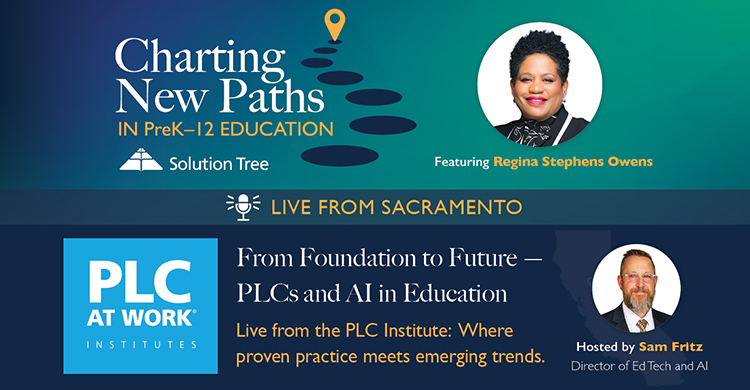Part of teaching in a professional learning community is having to confront not only our individual strengths, but also our weaknesses as teachers. By being accountable for common formative and summative data to our fellow teacher teams, we can see not only how our students are learning, but also the effectiveness of our teaching.
Using assessment data in PLC teacher teams means we purposefully compare our results. This is the most challenging part of all PLC work for me. If I’m honest, I store a lot of self-esteem in how I teach and how my students are doing (and I’m cringing as I write this), so if I know that my students are not achieving as much as students in my colleagues’ classrooms, well, that stings. I admire the teachers who can look at the assessment data and say matter-of-factly, “Well, I guess I need to talk with Jackie and see how she does it, since the kids are achieving more in her room.” Hats off to you guys. I’m more like, “I’m terrible. This is embarrassing. Maybe I really should have gone to law school.” When my students’ scores are low, I immediately look for a corner to hide in. Still do. I’ve accepted that the reactive, defensive side of me is probably just a less-palatable part of the whole package (picture me with an open palm towards my face and making circles).
That’s where I used to stop with it, though. I’ve had something like an epiphany—a realization that allowed me to move from the immediate and stultifying reaction of “I’m a terrible teacher” because of hardly decent assessment results to a more “growth mindset” (thanks, Carol Dweck) point of view: I was making the students’ assessment results about me, not about what my students were or could be, if I just looked to my teammates’ expertise: learning. I was looking at the wrong half of the equation, in other words. I was seeing the data as a fixed, pejorative set of numbers, not as a dynamic lens for change and growth. I mistakenly saw the students, not myself, as the variable.
When I started trying to put my teaching ego aside and look at the formative and summative data primarily (not secondarily) with my students in mind, the blow seemed to soften, if only initially by degrees. But it softened. And then, it began to soften more as the members of our teams began to trust one another and emerge as leaders in different kinds of effective teaching techniques. And then, the collective analysis of data became (I cannot believe I’m writing this) somewhat energizing (and I’ll emphasize the somewhat here). I began kind of looking forward to seeing the data because then I knew exactly where I could help the students learn more, what teachers I could talk with about how they’re doing it, and what results I could most likely expect on the summative if I was diligent about helping the kids learn now.
I’ve been teaching for 19 years now, and more than half of that time has been spent in PLC schools. As a result, my practice is a collage—a mosaic, a pastiche, if you will—of best teaching techniques from all of the talented colleagues I’ve worked with over the past decade. I shudder to think about how limited and narrow my practice would be if I had never had the chance to sit in classrooms with other teachers during “PLC time” and look at assessment results in order to determine what was working. I shudder to think about how much less my current students would be learning. For example, when I cold-call on my students with abstract, higher-order, standards-based questions, I am using Zack Varvel’s technique to jump-start kids’ thinking and vault them into a world of critical, relevant thought. When I transition into a classroom discussion of our readings, Stacey Jensen’s shared inquiry technique helps my students learn best. Showing the students how to use grammar and mechanics while modeling good writing to create better prose draws heavily on Jennifer Murrin-Loomis’s approach. I could go on and on, but all of these teachers were PLC teammates of mine at one time or another, and that is exactly when I learned how to be a better teacher so that my students could learn more.
[author_bio id=”188″]






